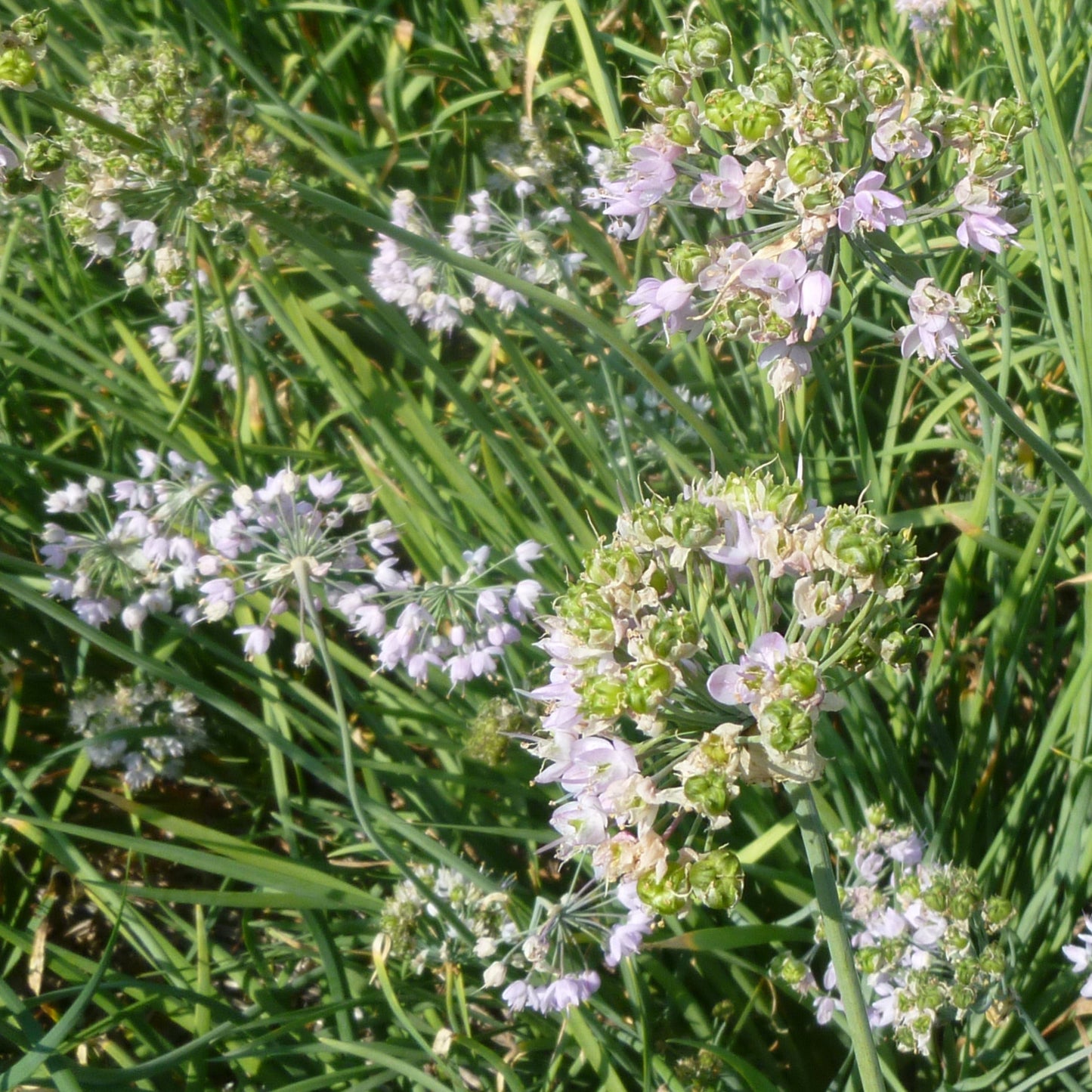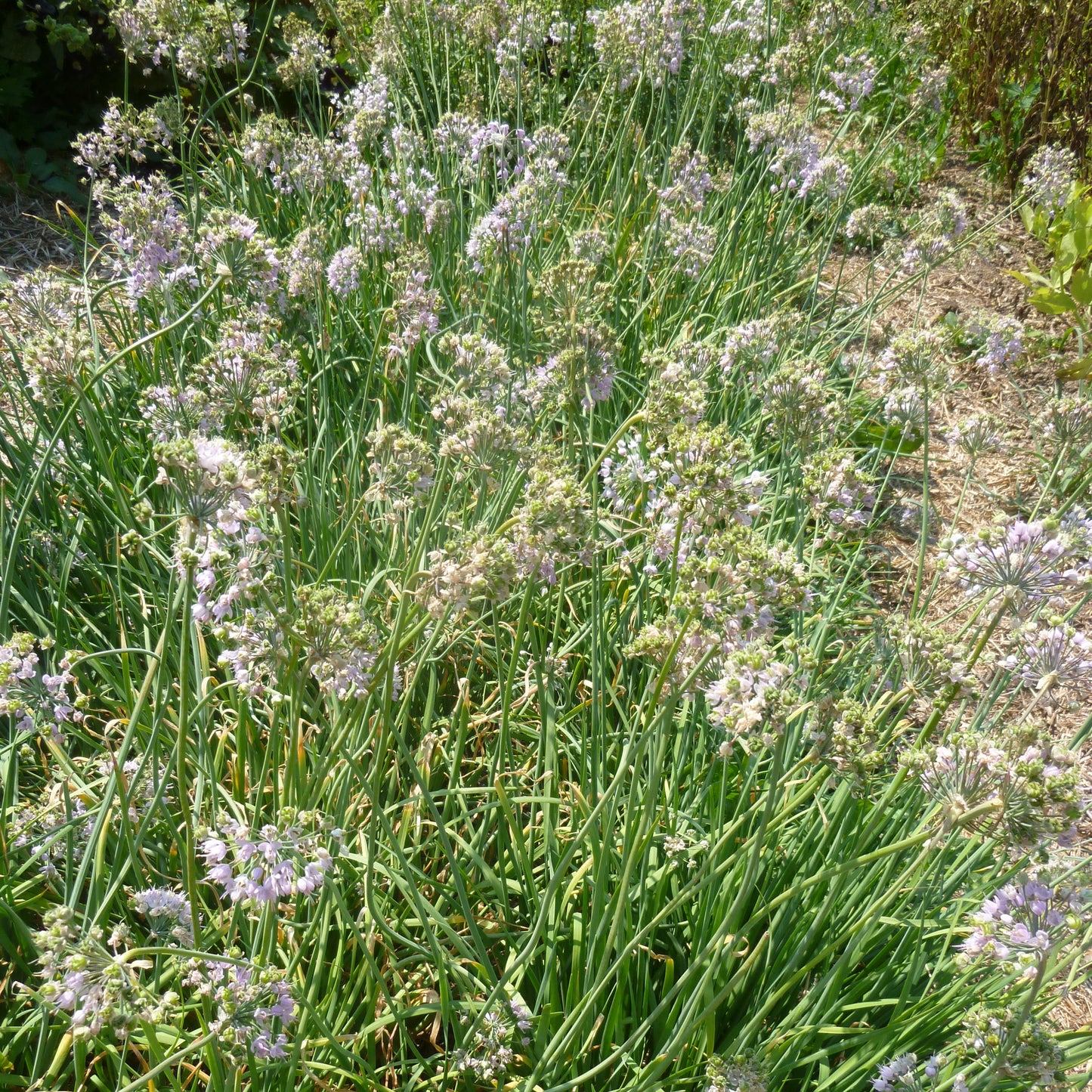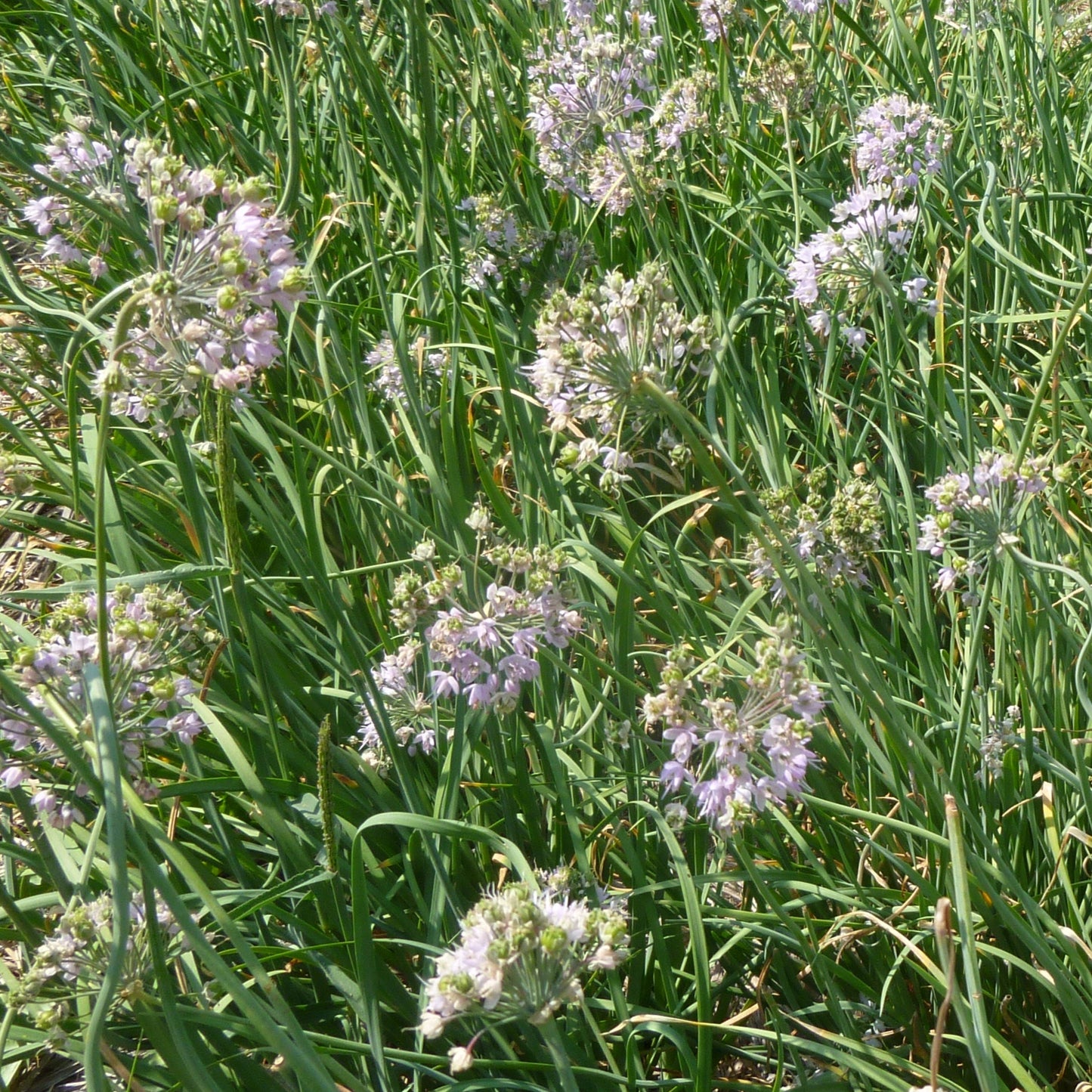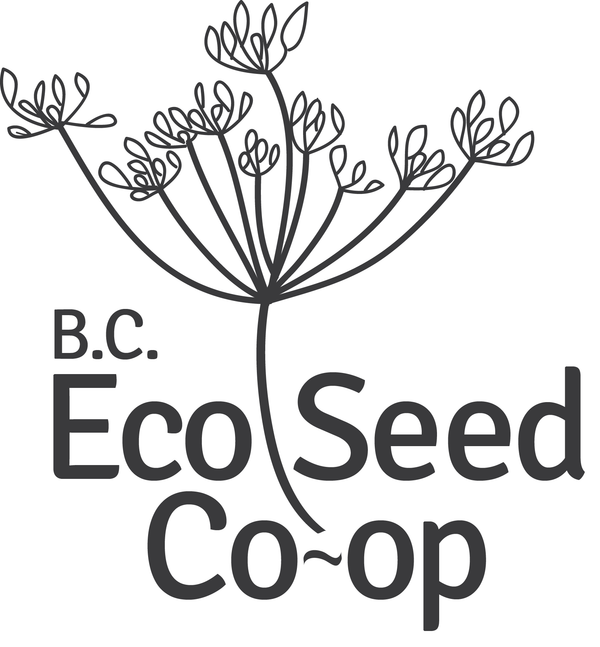1
/
of
3
Akasha Seeds
OnionNodding
Onion
NoddingPerennial
Ecologically Grown
Regular price
$4.95 CAD
Regular price
Sale price
$4.95 CAD
Unit price
/
per
Couldn't load pickup availability
Allium cernuum
Beautiful native perennial onion whose attractive umbels of pink to mauve flowers “nod” gently in the breeze. Grasslands and dry open wooded areas are their natural habitat so can be planted in full sun to part shade with decent drainage. The “nodding” umbels flower through July and August and overall makes an excellent "edible landscape" plant. The entire plant is edible from the small bulbs, and tasty, tender chive-like leaves, to the flowers, and yet is resistant to grazing by deer. A great pollinator attractor.
A note about germination rates for Native Seeds
Our native seeds are not germination tested, as both germination rates and time to germination can vary significantly compared to commercial seed varieties. Many native seeds require specific pre-treatments—such as cold stratification, exposure to light, or temperature fluctuations—to successfully germinate.
Additionally, many native perennial plants may take several years to mature and begin flowering.
For best results, please refer to our Growing Tips for strategies to support successful germination.
Tips for planting out native seeds:
- Sow your seed in the Fall, as Nature would. If you don’t want to be patient, then putting your seeds in some damp soil in the fridge for 4-6 weeks can also help germination as they benefit from a cold period.
- While there are technical tips that can be followed for each native species, we find generally good success by sowing seeds in a pot of sterilized potting soil in early Fall, and sinking the pot or tray into the ground in your garden where it can stay for 1-3 years.
- Cover your seeding tray/pot with a fine wire mesh to keep out mice, squirrels, rabbits, cats and other critters who may want to nibble seedlings or dig up the nice potting soil.
- When seedlings emerge in the Spring, prick them gently out with a fork once they have two sets of leaves (this indicates good root development so they survive transplanting better), then transplant them to their final location and water in well.
- Leave the pot in place, and over the next couple of years it’s easy to continue pricking out new seedlings to transplant as they emerge.
Share






